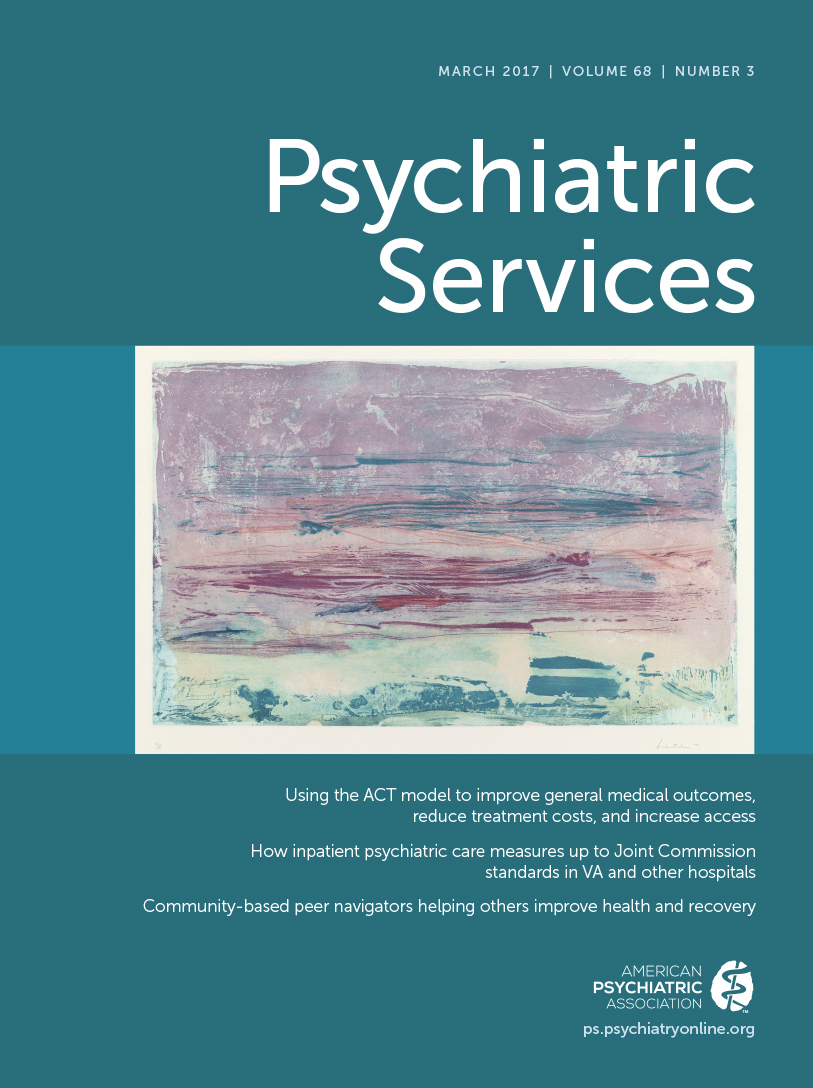Alternatives to the Emergency Department: In Reply
IN REPLY: Thank you to Margaret Balfour and her colleagues for responding to my November Taking Issue column on emergency department (ED) boarding (1). They correctly point out that alternatives to ED boarding exist as dedicated crisis centers, and they optimistically assert that these centers are increasingly being adopted with good results. That is good news, but it is my impression that these commendable service innovations are fairly sparsely distributed across the country. On that point I would love to be wrong.
Doris Fuller from the Treatment Advocacy Center further comments on the widespread evidence of ED boarding and points out that these waits for psychiatric admission extend to jails as well. Thus, ED boarding times may well underestimate the need for services. This is a sobering point because as ill-equipped as EDs are to manage long-stay psychiatric patients, jails are even worse. Neither EDs nor jails are typically staffed or configured to humanely serve as inpatient psychiatric hospitals.
My overarching point is that for policy makers estimating behavioral health system need in the face of obvious system failures, the focus often devolves to calls for restoring lost psychiatric hospital beds. Policy makers predictably ask, “How many beds are needed?” My pragmatic point is that these estimates are fraught with limitations because the number of beds needed makes a multitude of assumptions of about health, human, and criminal justice system dynamics and the functioning and capacities of regional services (2). What may also be missing are estimates of the functional equivalence of many human services (3). Examples of functional equivalence include substituting lower-intensity residential services for full-service inpatient beds. Or, in Dr. Balfour’s example, dedicated crisis centers substituting for hospital EDs. ED boarding times with agreed targets are simple metrics to use to try to recalibrate systems gone badly awry. Although it is an imperfect metric, it can be a useful snapshot of system functioning. Such an approach broadens the discussion of service need to the full array of services that might make behavioral health systems better serve our patients.
1 : Emergency department boarding: nowhere else to go. Psychiatric Services 67:1163, 2016Link, Google Scholar
2 : Asylum and chronically ill psychiatric patients. American Journal of Psychiatry 141:975–978, 1984Link, Google Scholar
3 : Increasing access to state psychiatric hospital beds: exploring supply-side solutions. Psychiatric Services 67:523–528, 2016Link, Google Scholar



